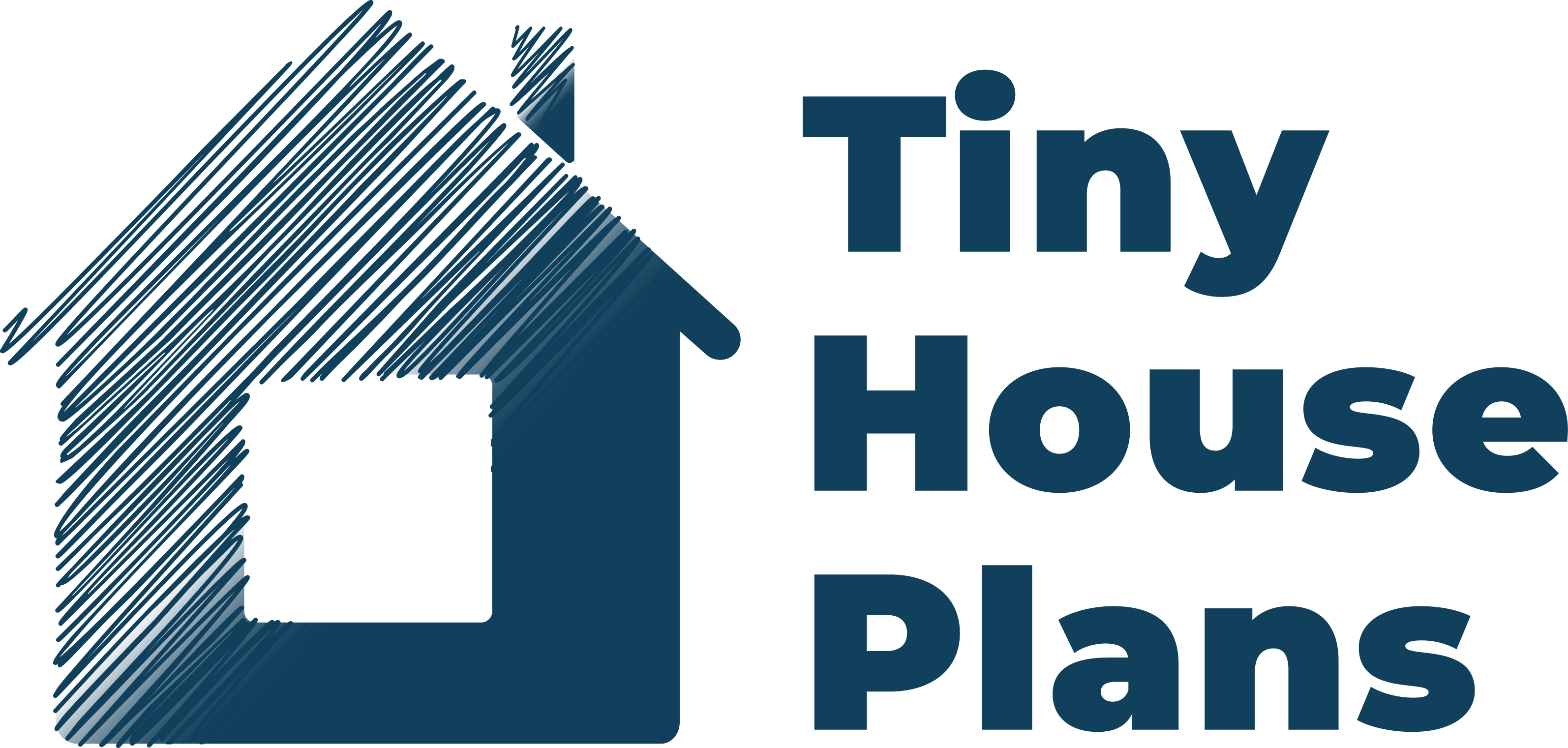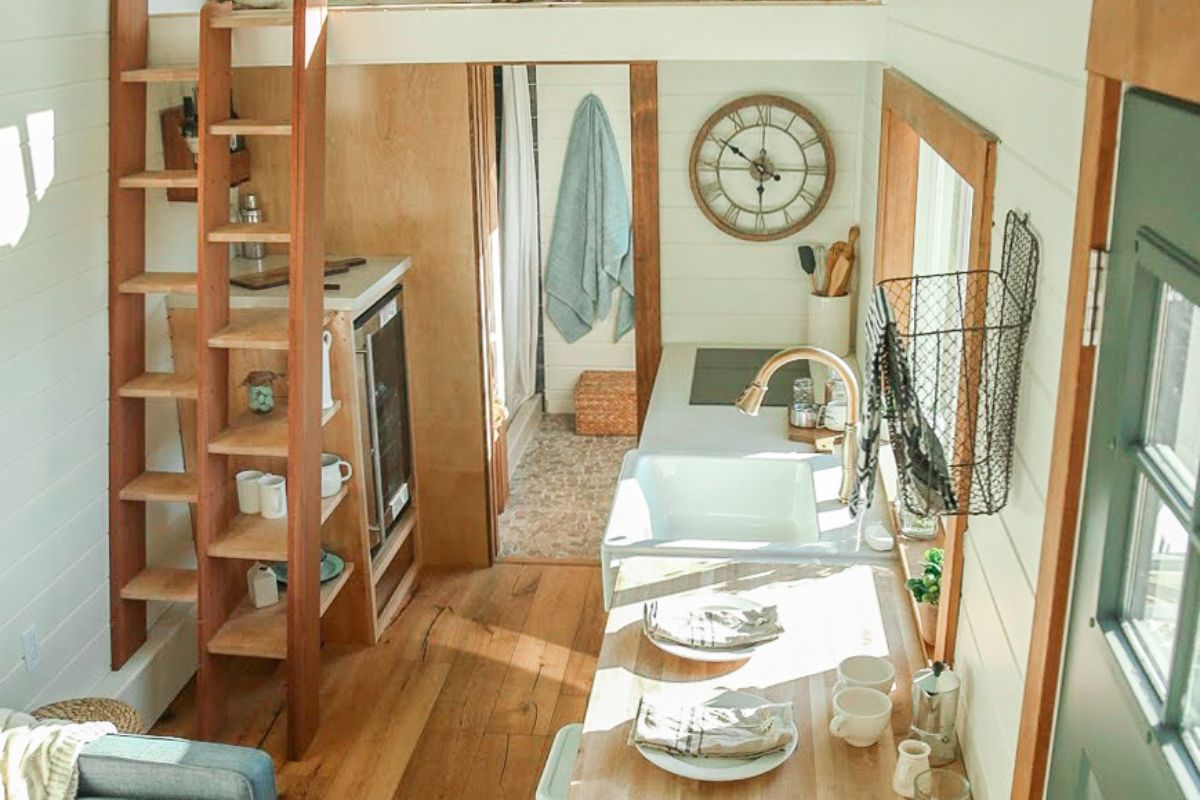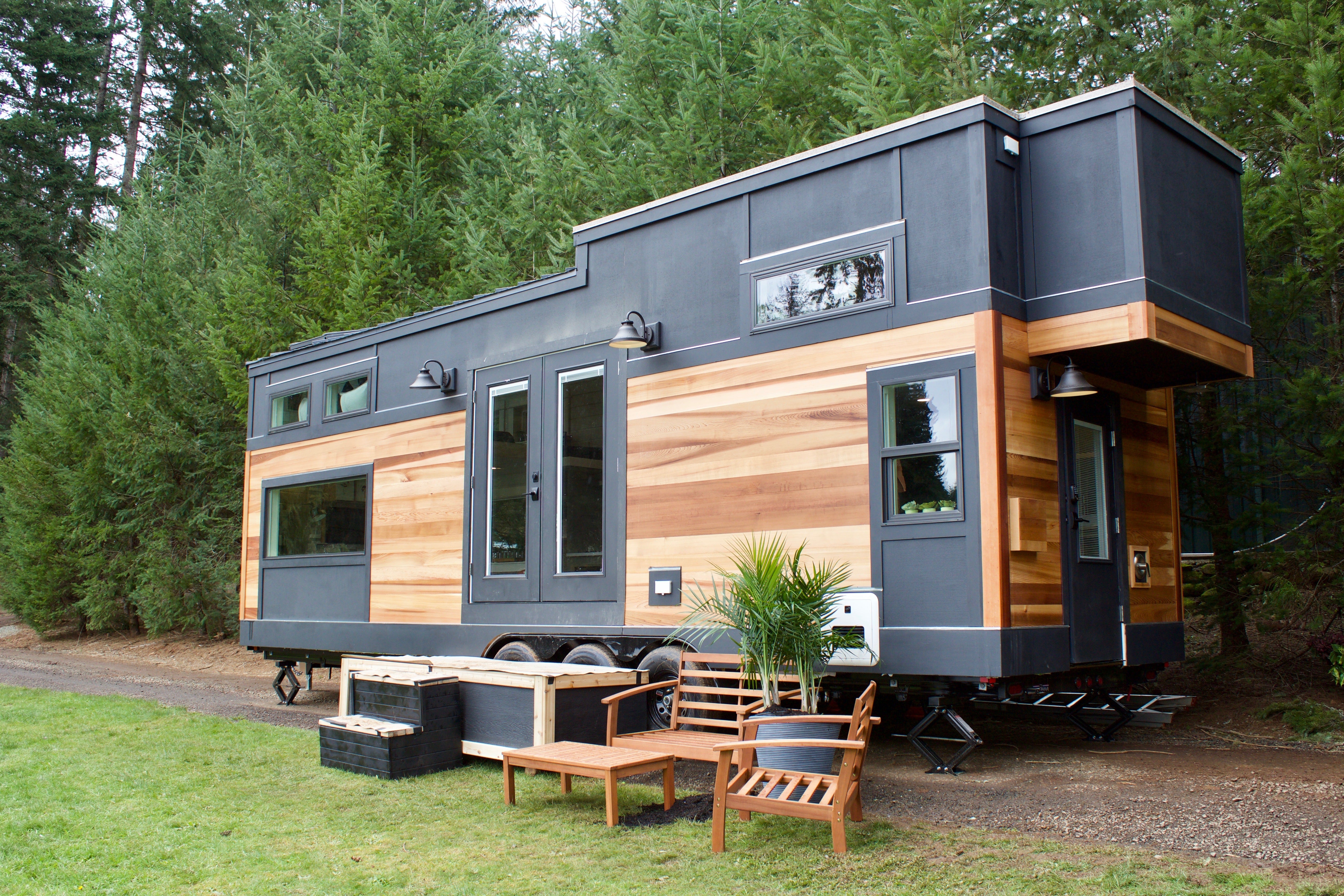As housing costs continue to rise across the United States, the search for sustainable, affordable living solutions has never been more urgent. For millions of Americans, securing safe, stable housing is an uphill battle. Meanwhile, a growing movement has taken root across the country—the tiny home revolution—which offers creative, flexible, and cost-efficient ways to live.
At the intersection of this movement and public housing initiatives like Section 8 lies a powerful opportunity: combining tiny home communities with government-supported housing programs to make affordability not just a dream, but a practical reality.
In this article, we’ll explore how tiny homes are redefining affordable housing, their compatibility with Section 8 housing programs, and how this collaboration could pave the way for safer, more inclusive living environments.
The Affordable Housing Crisis in Perspective
Affordable housing has become one of the most pressing issues in modern America. According to data from the National Low Income Housing Coalition, the U.S. faces a shortage of over seven million affordable homes for low-income renters. In many major cities, rent has skyrocketed faster than wages, leaving countless families and individuals struggling to keep up.
For low-income households, Section 8—officially known as the Housing Choice Voucher Program—has been a lifeline. It provides subsidies that allow qualifying families to rent homes in the private market, ensuring that housing costs remain manageable. Yet, even with this support, availability remains a challenge. Many landlords are hesitant to accept Section 8 vouchers, and in some areas, the supply of eligible housing simply doesn’t meet demand.
This gap calls for innovative solutions—and that’s where the tiny home movement offers fresh potential.

Tiny Homes: Redefining What “Home” Means
Tiny homes are typically between 100 and 400 square feet, designed with efficiency, sustainability, and affordability in mind. They can be built on permanent foundations or mobile platforms, providing a degree of flexibility rarely found in traditional housing.
Beyond their compact size, tiny homes represent a shift in mindset—away from excess and toward intentional living. For many, they offer a chance to live simply, reduce expenses, and minimize environmental impact. But increasingly, they’re also being seen as a viable model for affordable housing development.
Advantages of Tiny Homes for Affordable Housing
-
Lower Construction Costs – Tiny homes are significantly cheaper to build than traditional single-family homes. A standard tiny home might cost between $30,000 and $80,000 to construct—far below the national median home price, which now exceeds $400,000.
-
Faster Build Times – A tiny home can be built in weeks, not months. This makes them an appealing solution in communities where housing shortages are urgent.
-
Energy Efficiency – With smaller spaces come lower energy costs. Many tiny homes are designed with sustainable materials and systems, such as solar panels, rainwater collection, and composting toilets.
-
Community-Oriented Living – Tiny home villages and communities encourage collaboration and shared resources, fostering a strong sense of belonging among residents.
For low-income households, these benefits can translate to greater housing stability and financial independence.
Bridging the Gap: Tiny Homes and Section 8 Housing
The integration of tiny homes into Section 8 programs may sound ambitious, but it’s increasingly plausible. Several local governments and housing organizations are already piloting projects that merge these two concepts.
Section 8 provides rental assistance to individuals and families who meet income eligibility requirements, helping them pay for private-market housing. Traditionally, this has meant apartments or single-family homes. But as housing availability tightens, the program’s flexibility can allow for nontraditional housing—including tiny homes, when they meet safety and zoning standards.
Examples of Tiny Home and Section 8 Integration
-
Olympia, Washington: The city has explored partnerships with local nonprofits to develop tiny home villages that provide transitional housing for homeless individuals. Many residents eventually transition into permanent housing with Section 8 support.
-
Austin, Texas: The Community First! Village provides permanent housing for people emerging from chronic homelessness. While not explicitly Section 8-funded, it serves as a model for integrating micro-living spaces into long-term affordability programs.
-
Fresno, California: The city became one of the first in the U.S. to allow tiny homes on residential lots as secondary dwellings. This policy shift opened the door for affordable housing advocates to explore tiny homes as Section 8-eligible units.
As more cities adopt tiny home-friendly zoning regulations, it becomes increasingly possible to align them with federal housing assistance programs.

Overcoming Regulatory and Zoning Challenges
The primary barriers to combining tiny homes with Section 8 programs are zoning regulations and HUD (Housing and Urban Development) standards. Many municipalities classify tiny homes as recreational vehicles (RVs), not permanent dwellings, which can complicate eligibility for housing vouchers.
However, this landscape is evolving. Cities and counties across the nation are revising zoning codes to accommodate tiny homes—particularly in response to the housing crisis.
Some common solutions include:
-
Reclassifying tiny homes as accessory dwelling units (ADUs), allowing them to be placed in residential zones.
-
Developing tiny home villages with shared amenities and infrastructure that meet HUD’s safety requirements.
-
Using modular or prefabricated construction, which can more easily meet building codes.
As these reforms progress, tiny homes could become a mainstream option for affordable housing programs like Section 8.
How Tiny Homes Can Expand Access to Safe, Cost-Effective Living
The affordability of tiny homes can directly complement the goals of the Section 8 program. Together, they can create opportunities for safe, stable housing in both urban and rural areas.
1. Addressing Housing Shortages
Tiny home communities can be developed quickly on underutilized land, offering immediate relief in areas with high housing demand. Cities can use vacant lots, infill properties, or even repurposed industrial land to create micro-communities for voucher holders.
2. Increasing Housing Choice
Section 8 participants often face limited options when landlords decline to accept vouchers. By introducing tiny home developments specifically designed to meet program standards, housing authorities can expand the pool of available properties.
3. Promoting Sustainable Living
Tiny homes often feature green technologies—solar power, greywater systems, and energy-efficient insulation—that reduce long-term utility costs. These savings make tiny homes particularly beneficial for low-income households seeking to stretch limited budgets.
4. Strengthening Communities
Tiny home villages emphasize community design—shared spaces, gardens, and cooperative living models. For Section 8 residents, this can translate to improved mental health, social connection, and a sense of belonging.

How to Find Affordable Housing Options
For individuals exploring affordable housing opportunities, including Section 8 and other low-cost options, online directories and resources can be invaluable. Several websites provide Section 8 listings with up-to-date contact details for available housing options.
These platforms help bridge the gap between tenants and landlords, making it easier for eligible individuals to secure safe, affordable homes. Combined with the rising availability of tiny home communities, this represents a new era in accessible housing.
The Future of Affordable Living: Where Tiny Homes Fit In
The convergence of tiny home design, sustainability, and housing affordability presents a unique opportunity to rethink how we build communities. As governments, nonprofits, and developers look for cost-effective solutions to the housing shortage, tiny homes are emerging as both a practical and humane answer.
In the future, it’s possible that we’ll see more partnerships between local housing authorities, Section 8 programs, and private builders of tiny homes. This approach could make it feasible to expand affordable housing capacity without major infrastructure costs—and without sacrificing quality or dignity.
Final Thoughts
Tiny homes are more than a housing trend—they’re a movement toward intentional, accessible, and sustainable living. When aligned with public initiatives like Section 8, they hold immense promise for tackling the affordable housing crisis in innovative ways.
By reimagining how we define home—and by embracing compact, efficient design—we can create a future where everyone has access to a safe, dignified place to live. Tiny homes and affordable housing don’t just intersect; together, they form the foundation of a more inclusive housing landscape for generations to come.





Share: